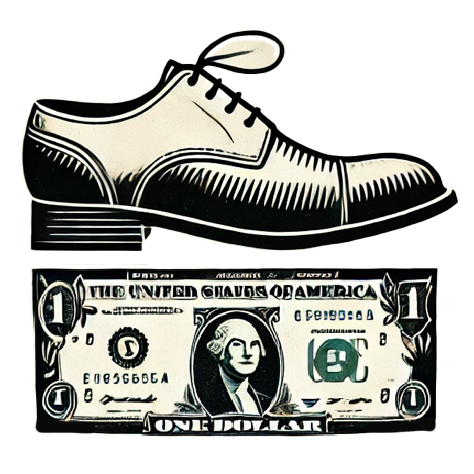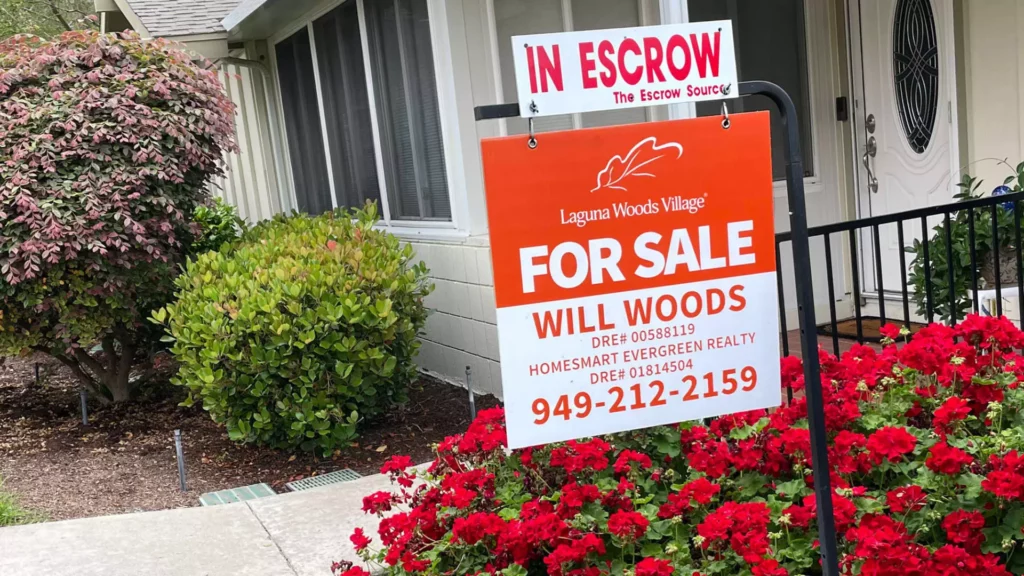Buying a home is often seen as the American dream, an aspiration that symbolizes stability and success. Yet, recent statistics reveal significant tremors within the housing market, with signed contracts on existing homes plunging by an alarming 5.5% in December alone. This decline is especially concerning as it follows a four-month streak of anticipated gains—a telltale sign that something is amiss. The National Association of Realtors reports that this dip signals a possible stagnation in the housing landscape, leaving potential buyers and sellers on edge.
As we entered December, prospective homebuyers faced a chilling reality: a sudden spike in mortgage interest rates. The average rate for a 30-year fixed mortgage leaped from a comfortable 6.68% to a troubling 7.14% within a mere two-week span. Such volatility not only raises the cost of borrowing but also plants seeds of doubt in the minds of buyers. Many homebuyers have adjusted to what real estate agents proclaimed as a “new normal” of higher interest rates; however, crossing the 7% threshold has proved to be a psychological barrier for many. It’s as if buyers have hit a brick wall—a wall constructed from financial anxiety and uncertainty regarding future rates.
This emotional resistance to purchasing stems from the broader implications of high-interest rates. A mortgage at a rate over 7% could push many potential buyers out of the market entirely, especially in regions known for exorbitant home prices. Areas like the Northeast and West have suffered the highest declines in pending sales—decreases of 10.3% and 8.1%, respectively—making it all the more evident that affordability remains a significant hurdle. Lawrence Yun, the chief economist for the National Association of Realtors, aptly points out how elevated mortgage rates drastically impair affordability, particularly in high-priced locales.
Interestingly, while the existing home market is faltering, the newly built home sector has shown some resilience, albeit heavily influenced by aggressive marketing strategies. Homebuilders are staunchly challenging the stagnant market environment by buying down mortgage rates to entice buyers. This tactic creates a compelling but misleading situation where new homes may appear to be an exception to the downturn in pending sales. However, this action may be more of a quick fix than a long-term solution, masking underlying vulnerabilities in buyer sentiment and affordability.
Amidst these contrasting sectors, it is crucial to acknowledge the rising prices of homes across the nation. The S&P Case-Shiller national home price index reflects relentless price growth, continuing well into the early months of winter. This contradiction generates a disillusioned perception: While new builds may flourish under incentivized conditions, the overall market is crippling under the weight of unsustainable prices.
Commensurate to the decline in home contract signings, the overall demand for home purchases remains alarmingly low. According to reports from the Mortgage Bankers Association, mortgage applications to buy homes plummeted by 7% year-over-year as of January. Concurrently, housing stagnation manifests most poignantly in the time it takes for homes to sell. For the four weeks ending January 26, homes were sitting on the market for an alarming 54 days, the longest since March 2020.
This sluggishness comes at a time when inventory is surprisingly on the rise, with a jump of over 37% in newly listed homes from December to January. However, this increase in supply, far from stimulating demand, highlights that potential sellers may be overestimating demand amidst rising prices and interest rates that are causing many buyers to withdraw.
As we navigate these turbulent waters, it becomes less about numbers and more about the implications on American families looking for stability. With affordability plummeting, the emotional and psychological barriers of home buying rapidly transforming into a crisis of confidence, we must wonder what tomorrow holds for the housing market. It is imperative for policymakers and market stakeholders to address the root causes of this stagnation—particularly high-interest rates and stagnant wages—to avoid further exacerbation of an already fragile situation. The American dream should not become a distant reality for those who still hold it dear.

